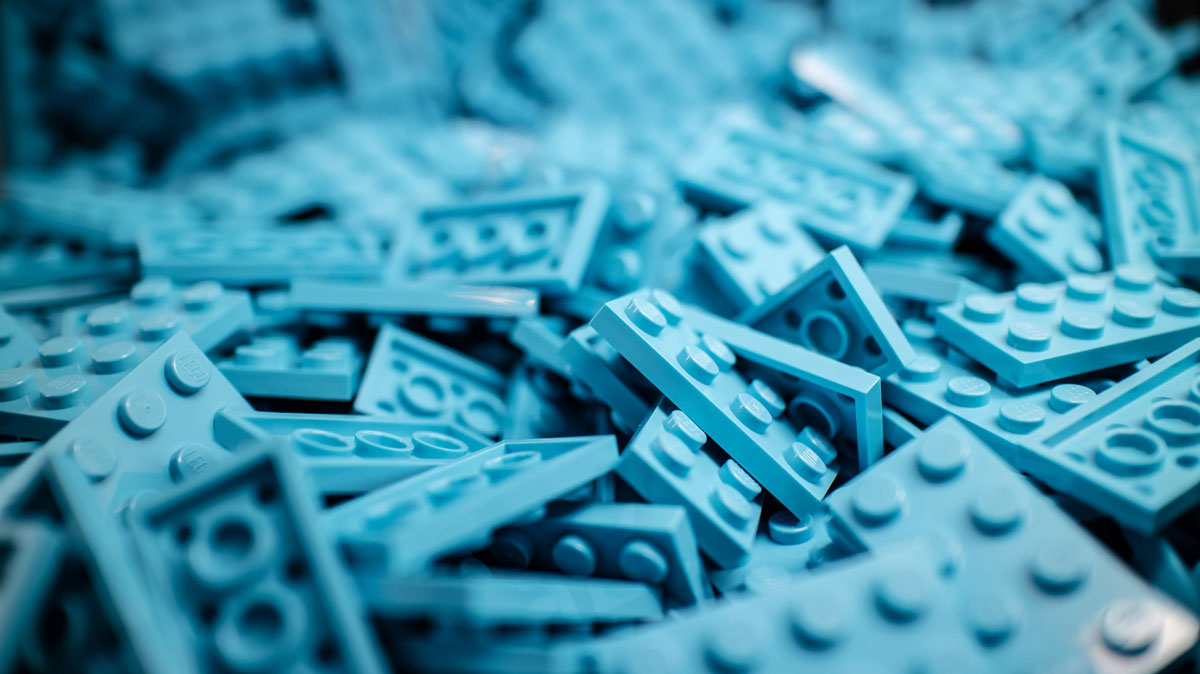What is the best method for injection molding? Regarding robotics in injection molding, there are about five credible options, and they include: over-molding, in molding, insert molding, in-mold labeling, and plastic injection molding. However, other methods are available.
We will look at the plastic method for injection molding robots. This is a method that is very versatile in the production of parts. It is widely revered because of its strengths in comparison to other injection molding methods.
Not only is it the simplest method, but it is also the most efficient. Parts produced under this method are very formidable and can be relied upon. This review will look at the benefits that center around plastic injection molding as well as the shortcomings; areas that could do with improvements
Advantages of Plastic Injection Molding
Precision Molding
Plastic injection molding is perfect for very complicated parts. Compared to other techniques, plastic injection molding allows you to incorporate more features at minimal tolerances.
Considering parts that have metal inserts, ribs, side cores, and holes, you will find this method is the most ideal for small parts in comparison to other techniques such as plastic fabrication and vacuum forming procedure.
Enhanced Strength of Parts
With regard to plastic injection molding, it is possible to use fillers in the molds. The filling material reduces the density of the plastic when it is in the formative stage and increases the core strength of the part after it has been molded.
A balance has to be also struck between rigidity and flexibility of the part based on the client’s needs. In fields where it is paramount to have strong and durable components, plastic injection molding makes a case for itself that other techniques cannot match.
Reduced Waste
The various plastic materials employed in injection molding are highly recyclable. For environment conscious clients, it is crucial to partner with manufacturers that use green manufacturing initiatives as this signifies optimum safety, sustainability, and quality.
Most companies that recycle waste have state of the art machinery, which is a well thought out plan but also really capital intensive. In the long run, however, this is beneficial to the manufacturer due to the reduced costs of raw materials.
Low Labor Costs
Labor costs are significantly reduced in plastic injection molding in comparison with other injection molding techniques. Since this method is associated with producing parts at a high level and with a high output rate, this helps to reduce costs and maximize effectiveness.
Plastic injection molding is a highly automated process, and this runs on a self-gating platform meaning that operations are streamlined and will continue running as they are programmed to with minimum or no supervision.
Drawbacks of Plastic Injection Moulding
High Initial Capital Input
Before production go -ahead is given, some costs come into play, including; the cost of designing and purchasing the injection molding robot and the cost of developing and modeling the molds.
The mold tool is a complex piece of machinery that takes a lot of thought and manpower hours to actualize, and this represents the highest cost of the initial investment.
Large Part Limitation
To actualize plastic injection molding, huge machines are needed. Making large plastic molds is even a more laborious task because the molding tool would have to be ginormous, thus very expensive to produce. For large parts, plastic fabrication is the ideal technique.
Need for Careful Design
Plastic molds require meticulous design to avoid tooling issues such as undercuts that will significantly increase the price, locked-in features, and draft. The placement of ejectors and cooling lines will need to be considered to ensure the aesthetics of the molded product are pleasing.
Conclusion
To sum it all up, plastic injection molding has many benefits and shortcomings, as discussed above. The users of these plastic molds are the ones to ensure that a balance is achieved between the advantages and drawbacks for optimum production of the molds.
